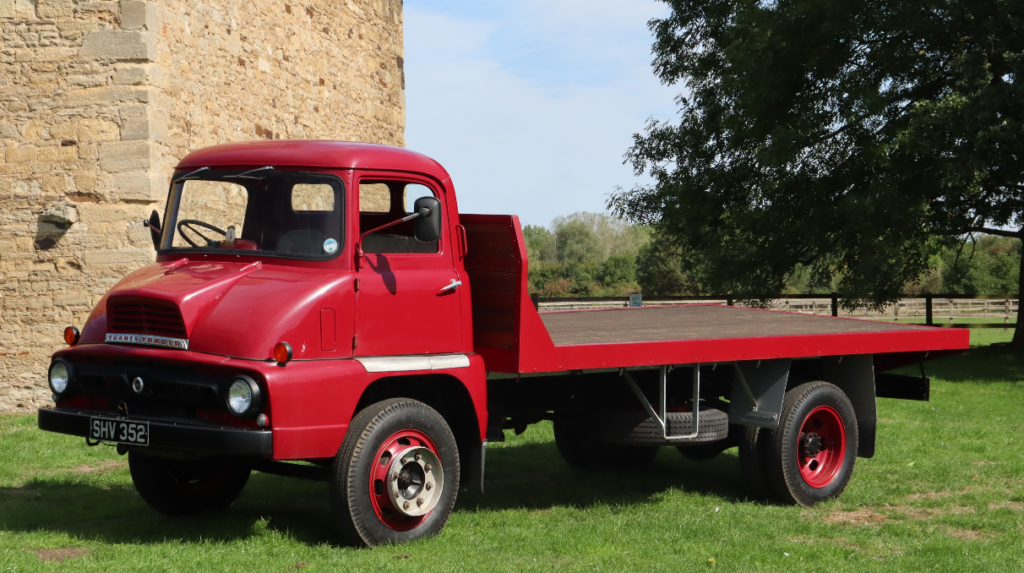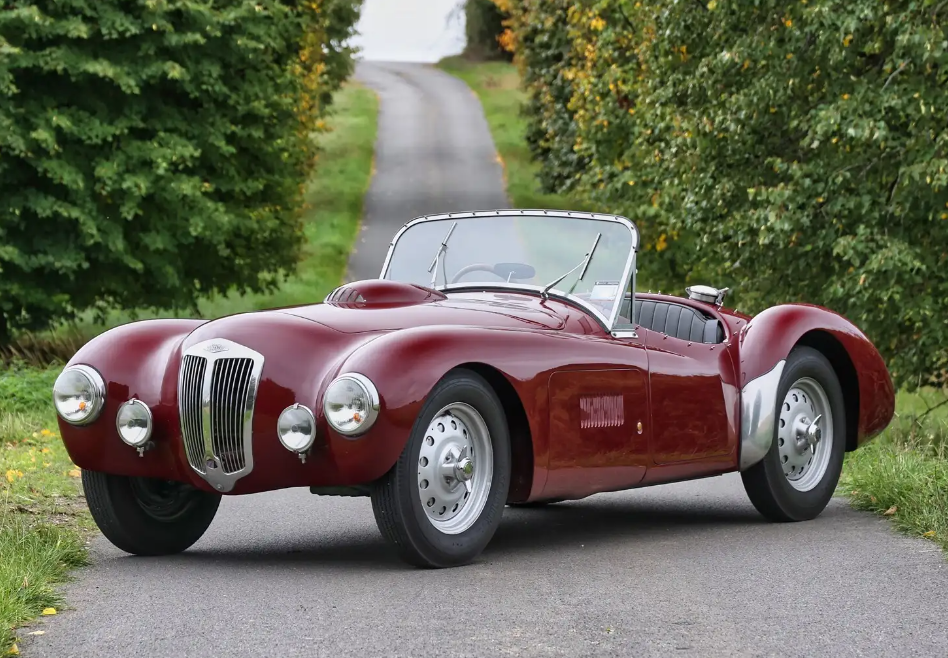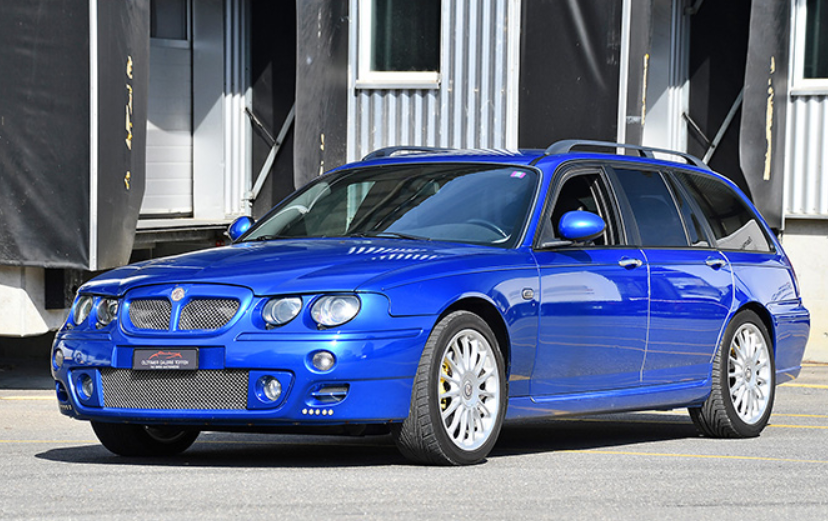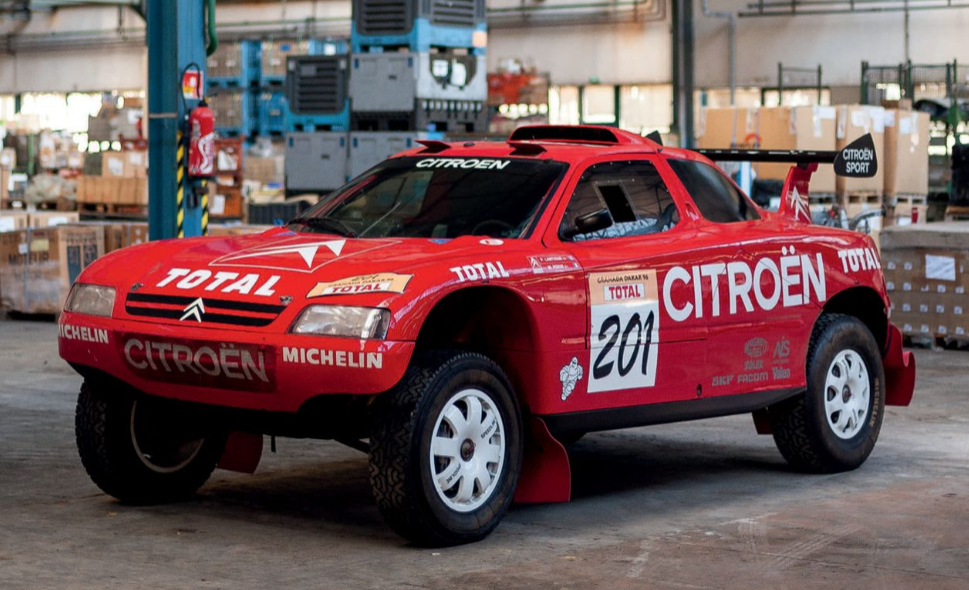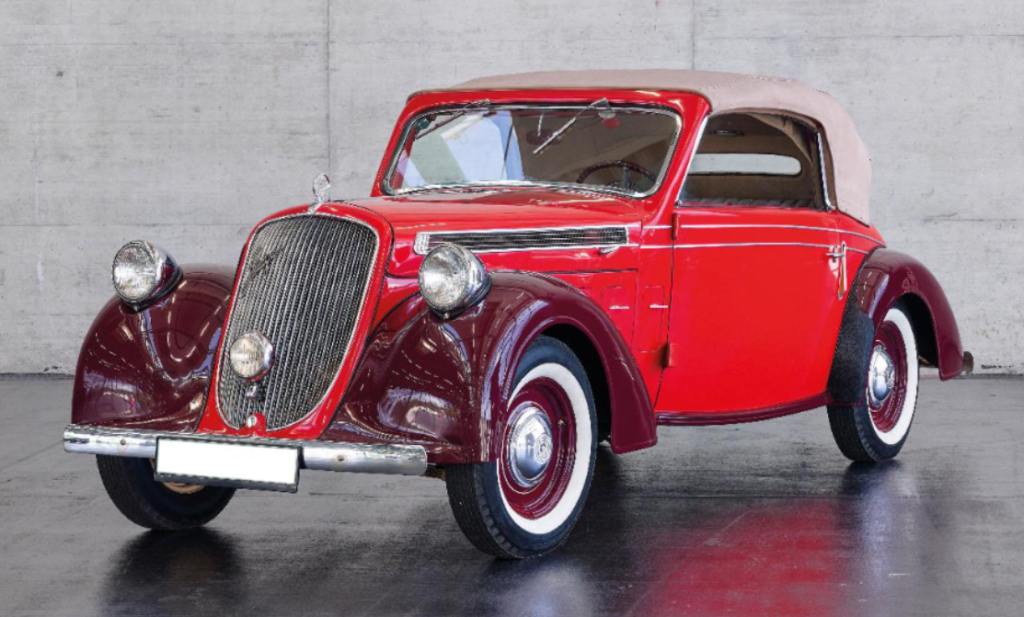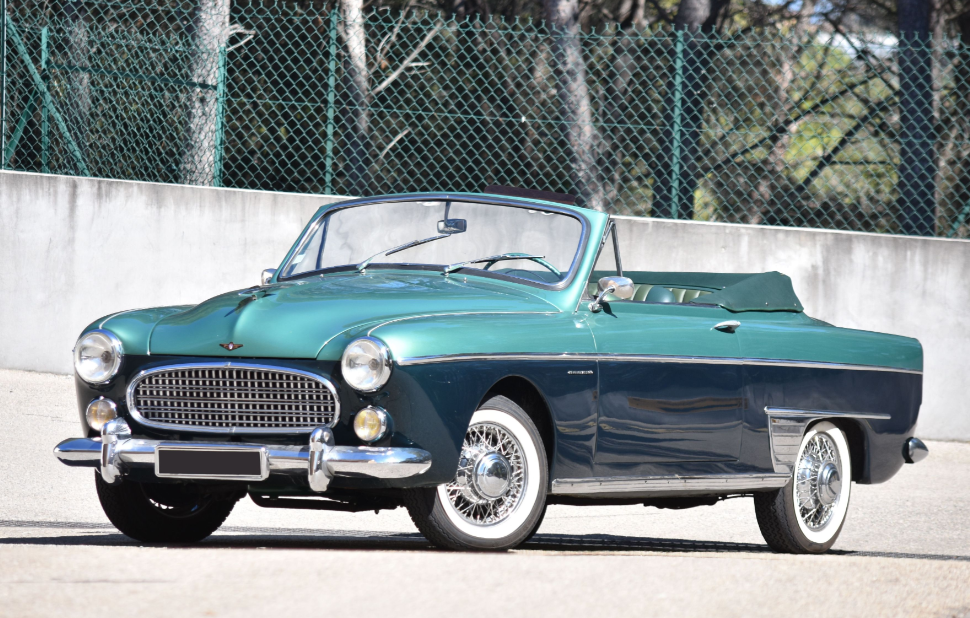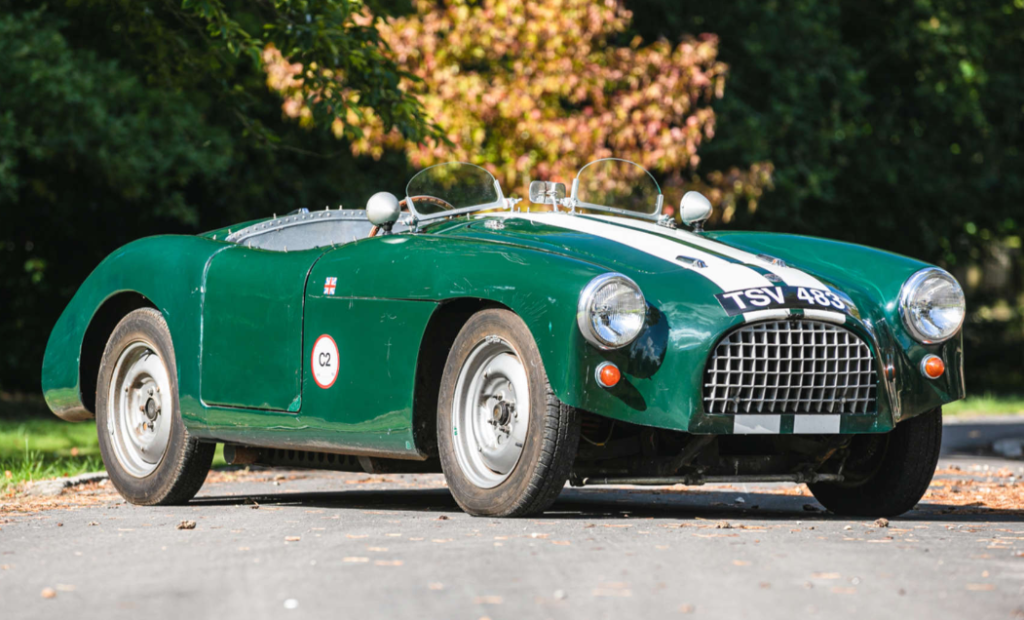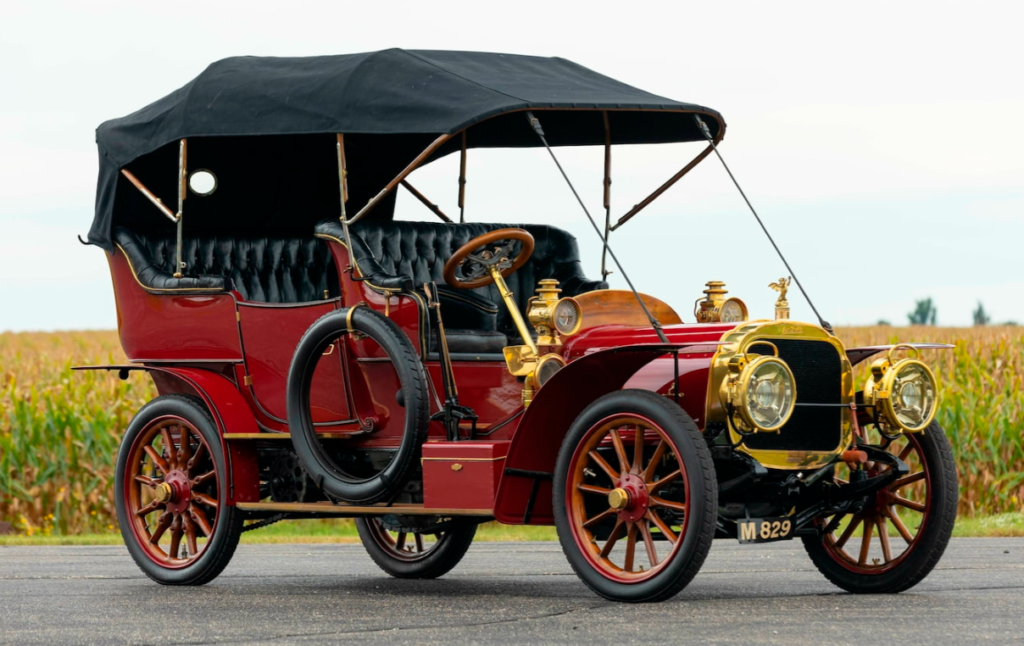1915 Lanchester Sporting Forty Torpedo Tourer
Offered by Bonhams | London, U.K. | November 4, 2022

The Lanchester Motor Company was founded by Frederick, George, and Frank Lanchester, a trio of brothers who built their first car in 1895. The company was acquired by BSA in 1930, and it wound up as part of Daimler, which came under the control of Jaguar in 1960. But by that time, the Lanchester marque had been discontinued for five years.
This car is very striking. Early Lanchesters were kind of funky looking, with the driver more or less sitting over the engine, no front hood, and an upright radiator directly in front of the passenger compartment, which was still rearward of the front axle. It was… awkward.
The Sporting Forty was introduced near the end of 1913. It had a more conventional layout, with the engine moved forward in the chassis. Imagine a company bragging about that today. It’s powered by a 5.5-liter inline-six. Just six were built before WWI broke out. In 1919, the “40” was re-introduced, but it was a somewhat different car.
This example was Lanchester’s demonstrator and is the only remaining Sporting Forty. A restoration was completed around 2004. Bonhams has an estimate of $200,000-$245,000 on it. Click here for more info.
Update: Sold $256,286.

